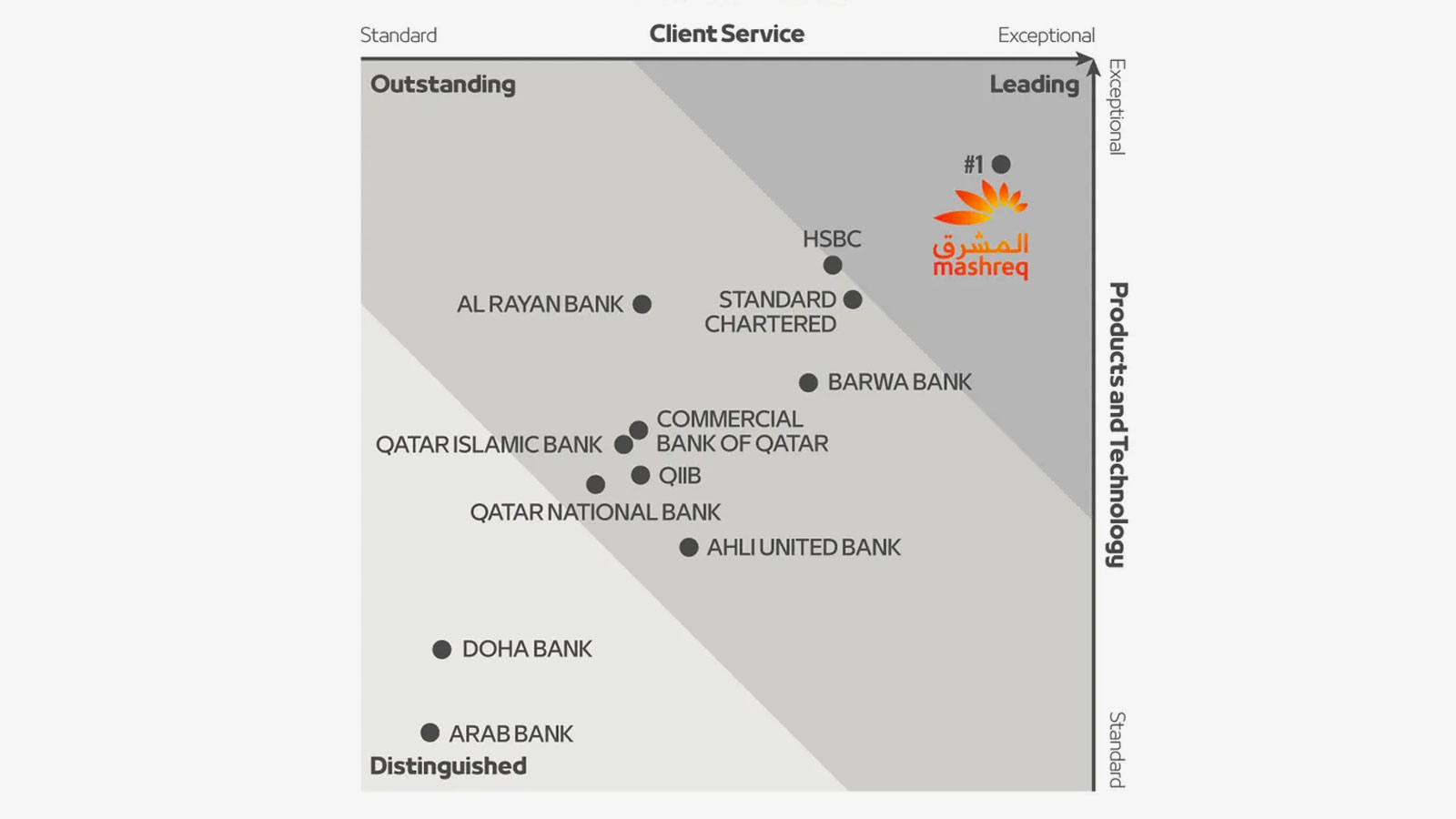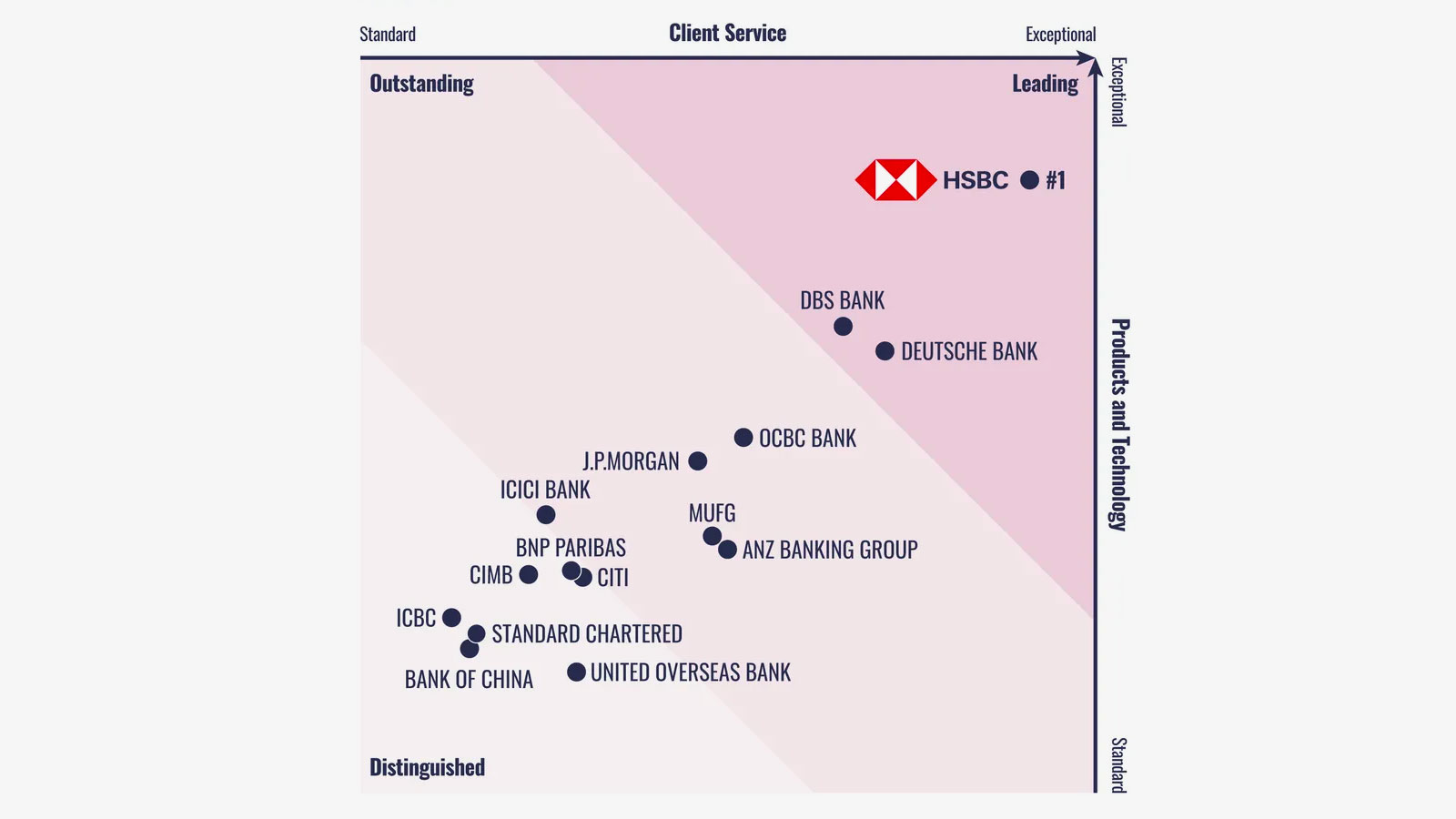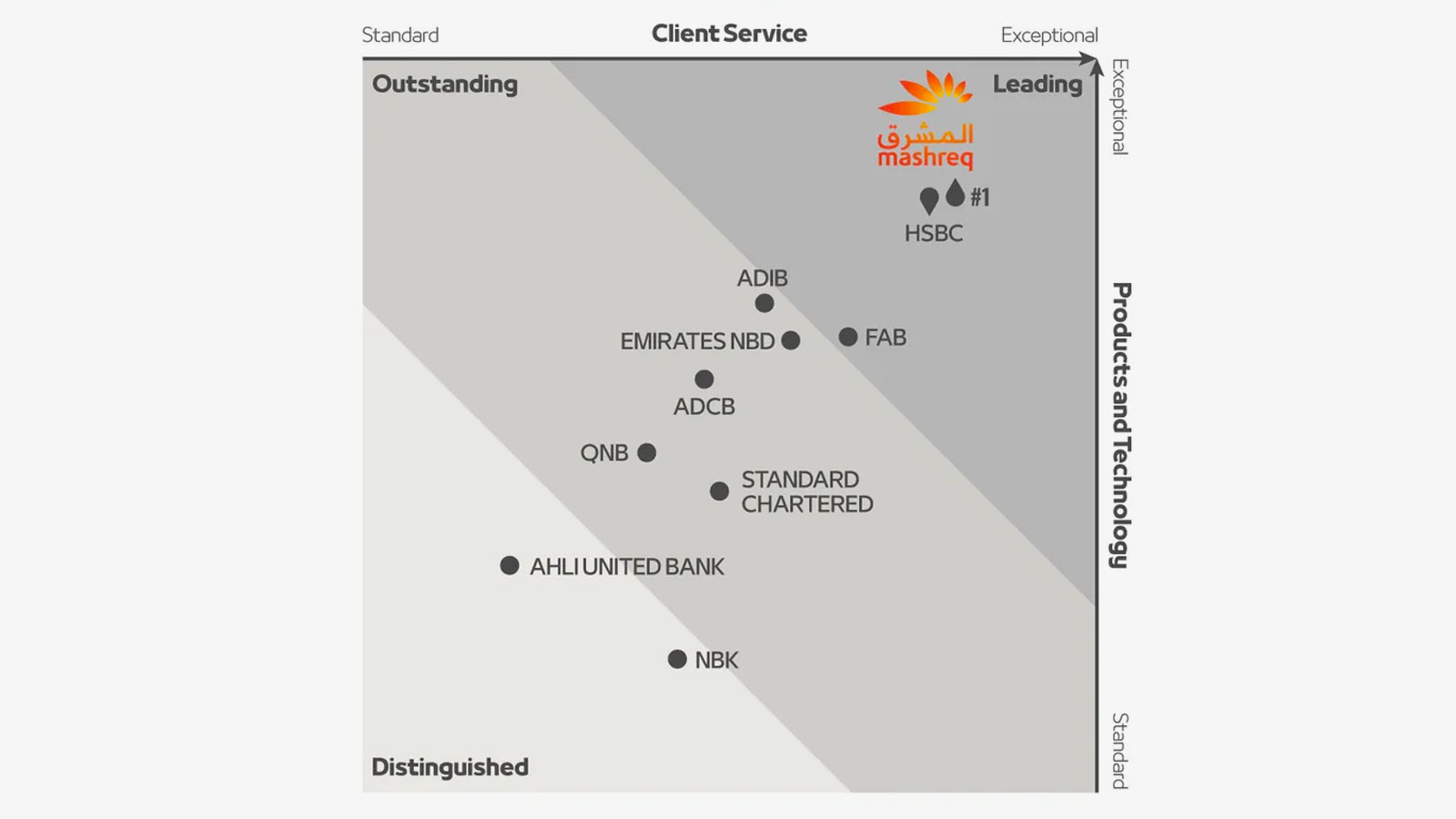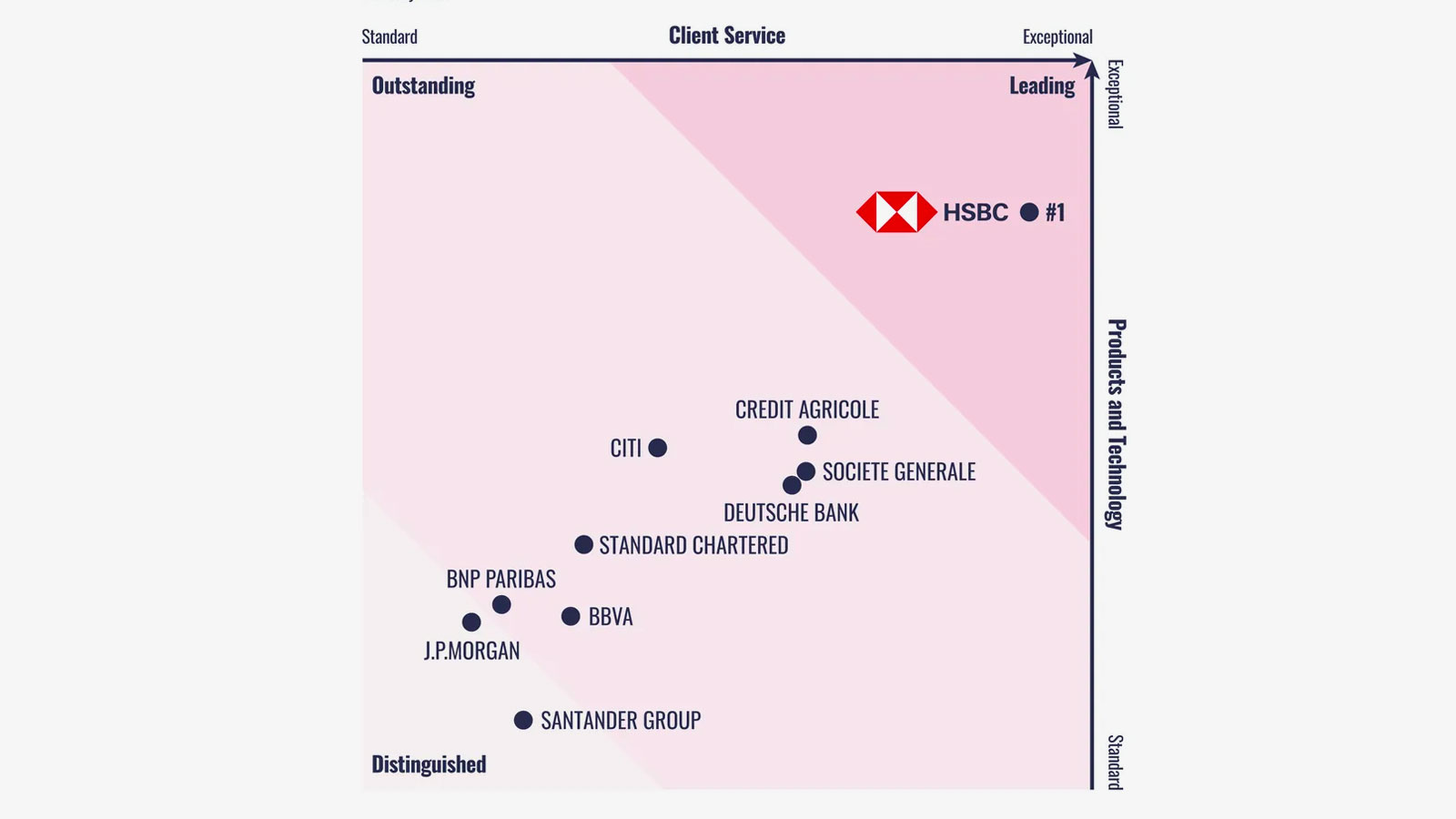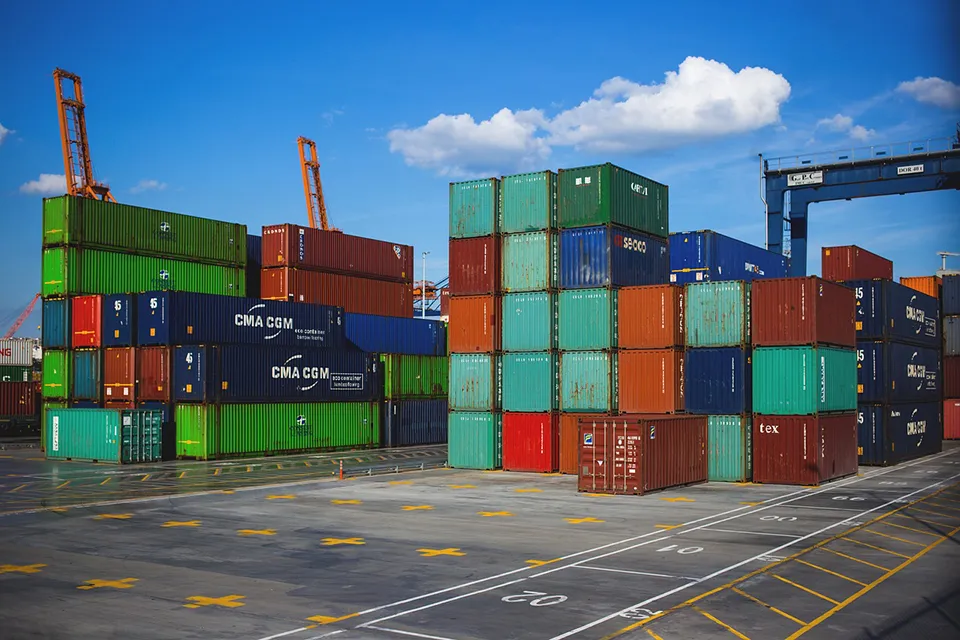Trade Finance

Corporate banking
ING’s Bester and Kruger on the heartbeat of wholesale banking

Corporate banking
Digitalisation of trade finance: a monumental task

Corporate banking
Beyond the US-Mexico trade corridor

Innovation in transaction banking
In partnership with Saudi EXIM


